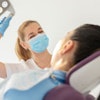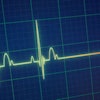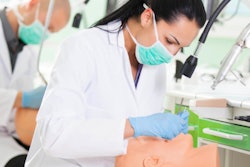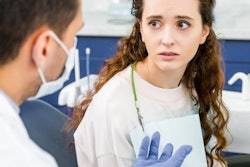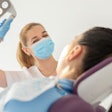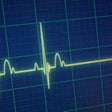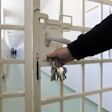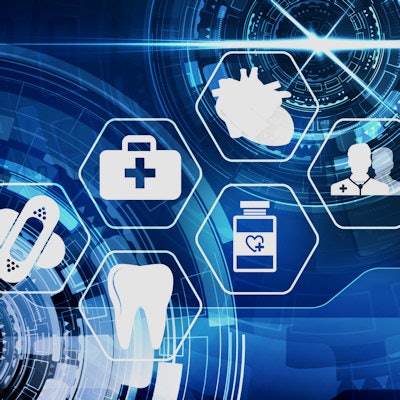
Dental institutions and practices are now well positioned to learn from one another by sharing data, co-developing improvement strategies, and disseminating findings, according to an article published on August 12 in the Journal of the American Dental Association.
Evidence-based decision-making in healthcare is becoming increasingly complex, as providers must make decisions that integrate scientific evidence. However, it is common that there is little information about the long-term impacts of these decisions. This shortfall limits providers' ability to learn from and improve health outcomes.
The National Academy of Medicine has pushed for the development of a learning health system (LHS) in which patients and providers collaborate to make decisions regarding care based on the best evidence. This drives discovery as an outgrowth of every clinical encounter, ensuring innovation, quality, and value at the point of care.
"An LHS is a health system in which internal data and experience are systematically integrated with external evidence and that knowledge is put into practice," wrote the study authors, led by Dr. Bunmi Tokede of the University of Texas Health Science Center at Houston.
The vision of an LHS in dentistry is to ensure that the care patients receive is safer, more efficient, and of higher quality, but this vision has remained aspirational. However, researchers claim that an LHS for dentistry is now practical, as an increased number of oral healthcare interactions are captured in electronic health records (EHRs).
Putting an LHS into practice
To confirm this hypothesis, researchers used EHR data to track periodontal health outcomes at three dental institutions. The two outcomes of interest involved new periodontitis cases for patients who had not been previously diagnosed with periodontitis and tooth loss due to the progression of periodontal disease.
Researchers assessed nearly 500,000 examinations that represented nearly 195,000 patients. The incidence of new periodontitis cases and tooth loss was 4.3% and 1.2%, respectively.
The results showed the feasibility of extraction and interpretation of data elements from the EHRs. The two outcome measures were then implemented as part of a dental LHS.
"Periodontal disease, diagnosis, prevention, and treatment are particularly well suited for an LHS model," Tokede and colleagues wrote.
Researchers then used the information to target the main contributing factors to poor periodontal outcomes in a specific patient population and to facilitate learning and improvement.
Measurement and data generation are the first components of an LHS learning cycle. From there, dental institutions can develop and implement strategies to improve performance. The final step is evaluating whether the intervention reduced tooth loss through remeasurement, completing the first learning cycle of the LHS.
In the study, researchers found that many patients who lost their teeth due to periodontal disease were also smokers. The research team ensured that tobacco screening was completed on all patients during examinations by implementing electronic checklists.
They further implemented a targeted, real-time, clinical decision support system to provide counseling for tobacco cessation. The tool identified self-reported and provider-interviewed data on tobacco use status and guided the provider through a series of prompts to offer comprehensive tobacco use cessation. In analyzing EHR data, researchers provided insight into the stability of clinical attachment levels and tooth survival.
"Dental institutions of any size can conduct contemporaneous self-evaluation and immediately implement targeted strategies to improve oral health outcomes," Tokede and colleagues concluded.

